Amateur astronomers in the Netherlands took an amazing Moon-Earth photo using a Chinese satellite. On May 20, 2018, China launched Queqiao lunar communications relay satellite, a key component of the upcoming
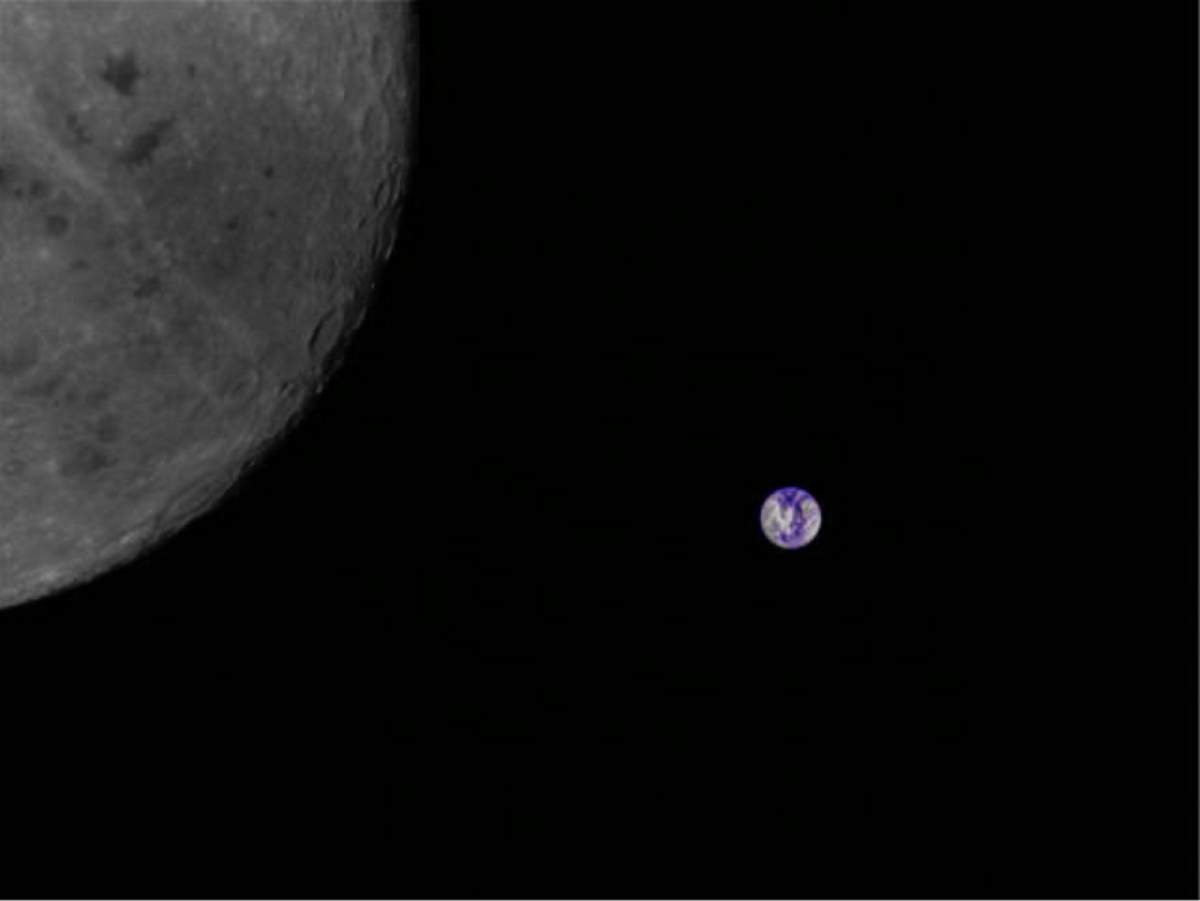

Amateur astronomers in the Netherlands took an amazing Moon-Earth photo using a Chinese satellite. On May 20, 2018, China launched Queqiao lunar communications relay satellite, a key component of the upcoming
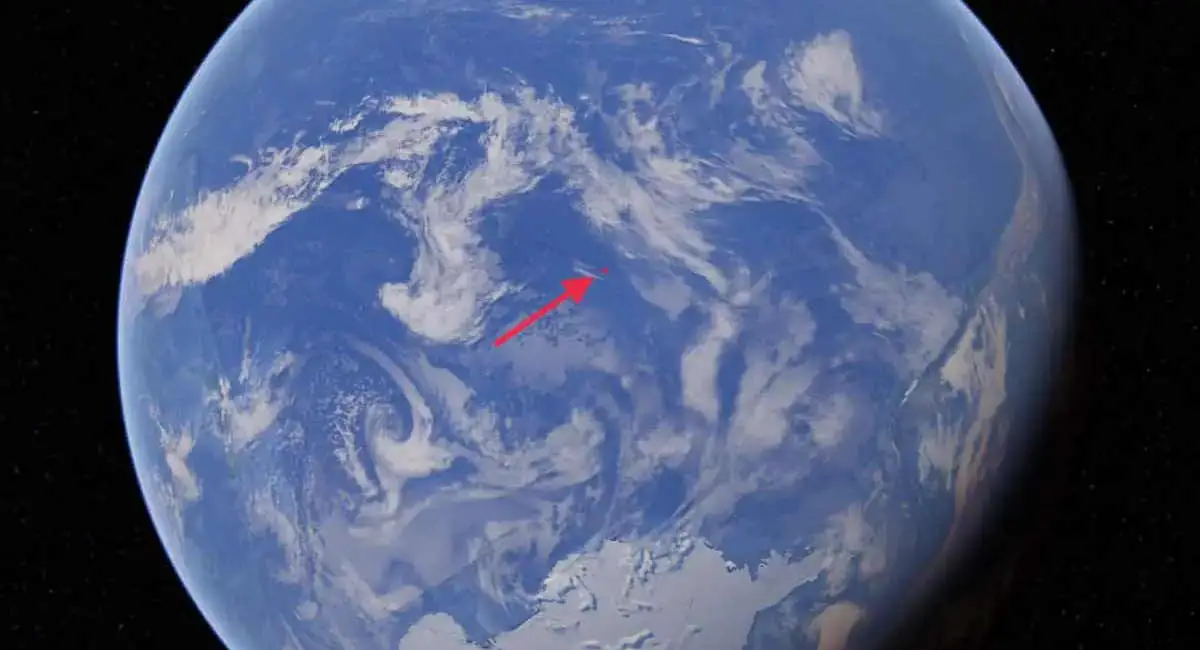
In the middle of the South Pacific Ocean, there’s a location called “Point Nemo”. It’s not a place where humans live, in fact, there is no land there: not an island, not even a small rock. It is actually the remotest place from any human civilization you can find on Earth. It lies at least 2,688 km (1,670 mi) from the nearest land. It is also called the “Oceanic Pole of Inaccessibility” (see notes 1).
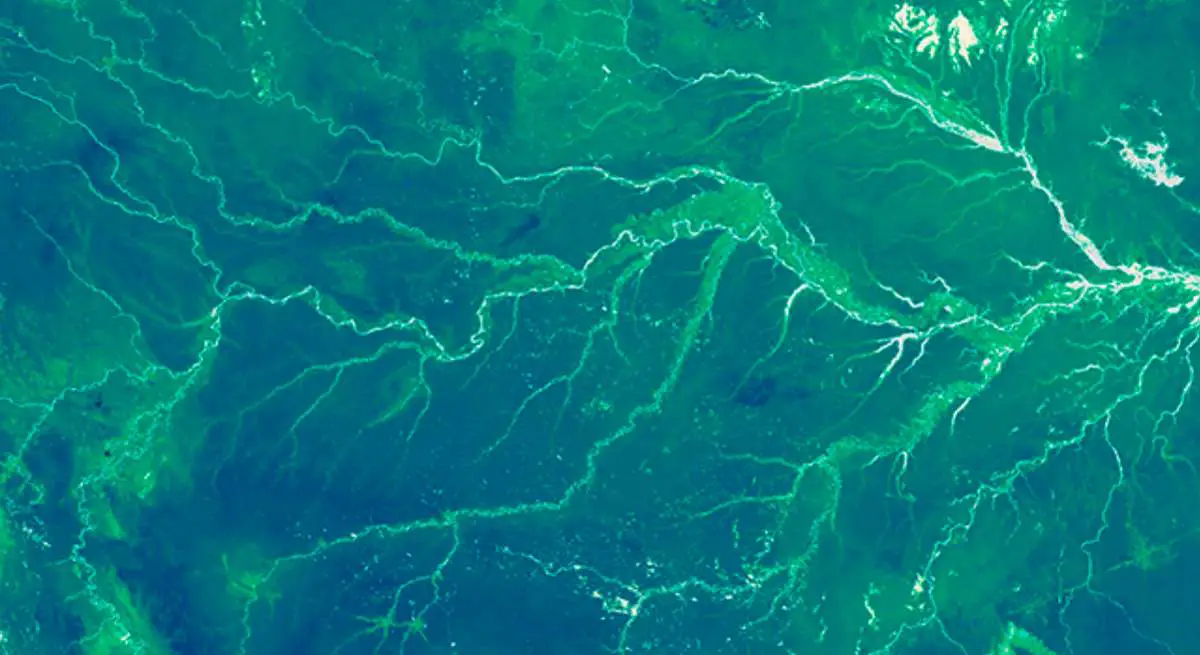
Back in December 1990, during its flyby of Earth, NASA’s Galileo spacecraft, which studied the planet Jupiter and its moons, as well as several other Solar System bodies, pointed its instruments towards Earth, at the urging of Carl Sagan. And, it has found evidence of life on our planet. This can be a key to detecting vegetation on exoplanets – which is key to a possible i
In a paper published in Nature, researchers wrote “The Galileo spacecraft found evidence of abundant gaseous oxygen, a widely distributed surface pigment with a sharp absorption edge in the red part of the visible spectrum, and atmospheric methane in extreme thermodynamic disequilibrium. Together, these are strongly suggestive of life on Earth.”

The universe is shrouded in mystery, and part of this mystery involves our own little planet. Although there
However, the studies in Seismology have allowed us to gather sufficient information about the Earth and its structure. The planet comprises several layers, which have their own attributes, and composition. So let’s dive in further to discover some enlightening aspects.
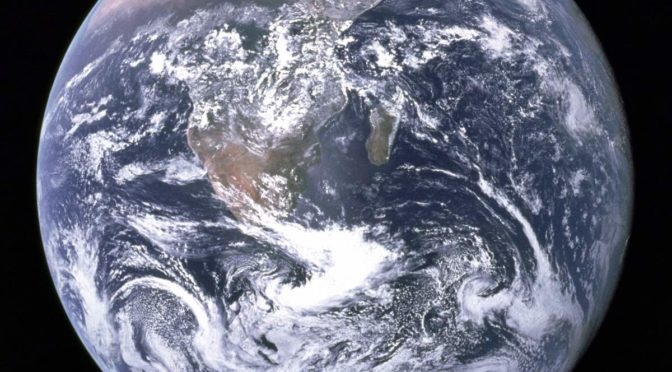
Earth, our beautiful blue planet. It is the third planet from the Sun, but above all, it is our home, the only astronomical object known to harbor life. Here are the top 10 best Earth quotes.
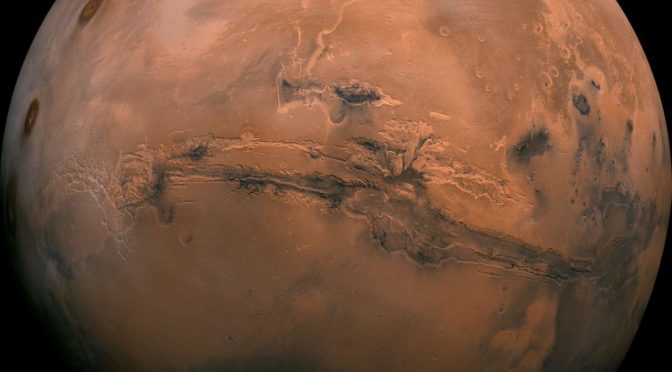
For eons, skywatchers have been fascinated by the pale red dot that not only unpredictably moves backward in the night sky but also shines a compelling blood-red. Its color, indeed, is one of the first features we notice about Mars. It seizes our attention, and its compelling ambiguity has evoked a deep visceral reaction from the nomad in ancient savannas to modern astronomers.
The ancient astronomer may be satisfied to know that, in fact, Mars is literally blood-red: the same chemical reaction that occurs in the iron in Mars’ soil is the same as the same chemical reaction that occurs in the hemoglobin molecule. Mars, is, quite literally, blood red. Even with our cutting-edge technology and science, Mars still bewitches and amazes us as seen with these five surprising facts about Mars.
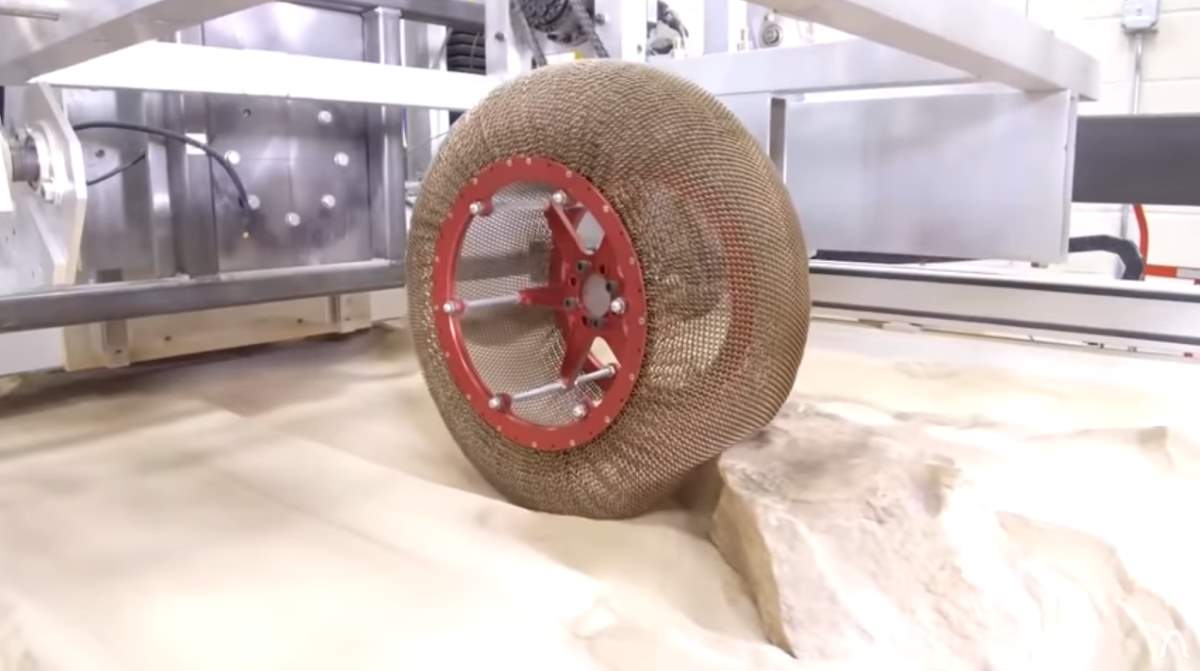
On August 6, 2012, at 05:17 UTC, NASA has successfully landed a Mini-Cooper-sized rover, Curiosity, on Aeolis Palus in Gale Crater on Mars. The 900-kg rover (899 kg, to be exact, which is 1,982 lbs) is equipped with six 50 cm (20 in) diameter wheels in a rocker-bogie suspension (see notes 1). For the first time in the history of space exploration, the suspension system also served as landing gear for the vehicle, unlike its smaller predecessors.
Curiosity “soft-landed” (wheels down) on the surface of Mars. But, even it’s called “soft-landing”, the touchdown speed was 0.6739m/s vertical and 0.044m/s horizontal, which could damage the wheels. Plus, while the rover is moving, the wheels should withstand the substantial damage through the rough Martian surface. That’s why the wheels of the Curiosity rover have been one of the biggest technical difficulties encountered on the mission (see notes 2).
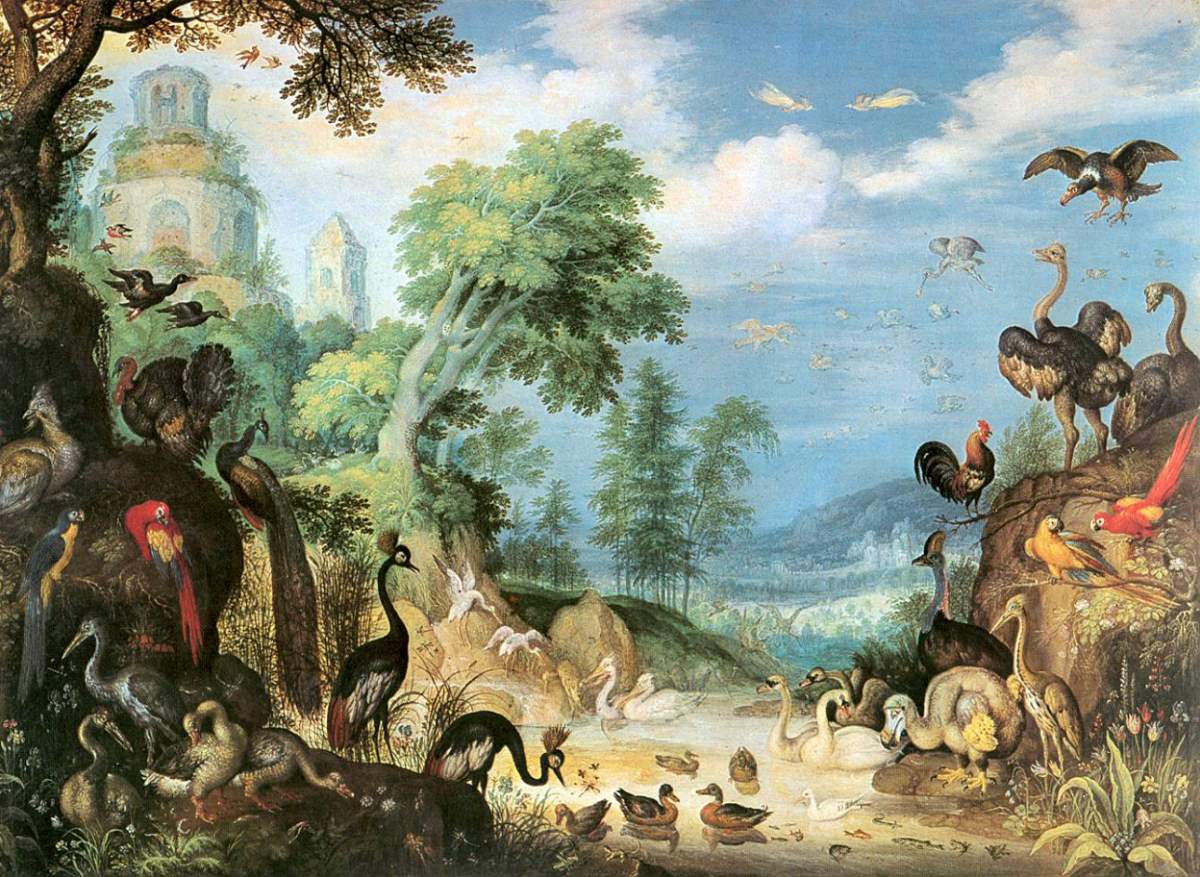
If you are one among the many who have watched the movie Rio and have fallen in love with the adorable lead named Blu, then I have some terrible news for you! As of this date, the Spix’s Macaw has been declared “extinct as in wild”.
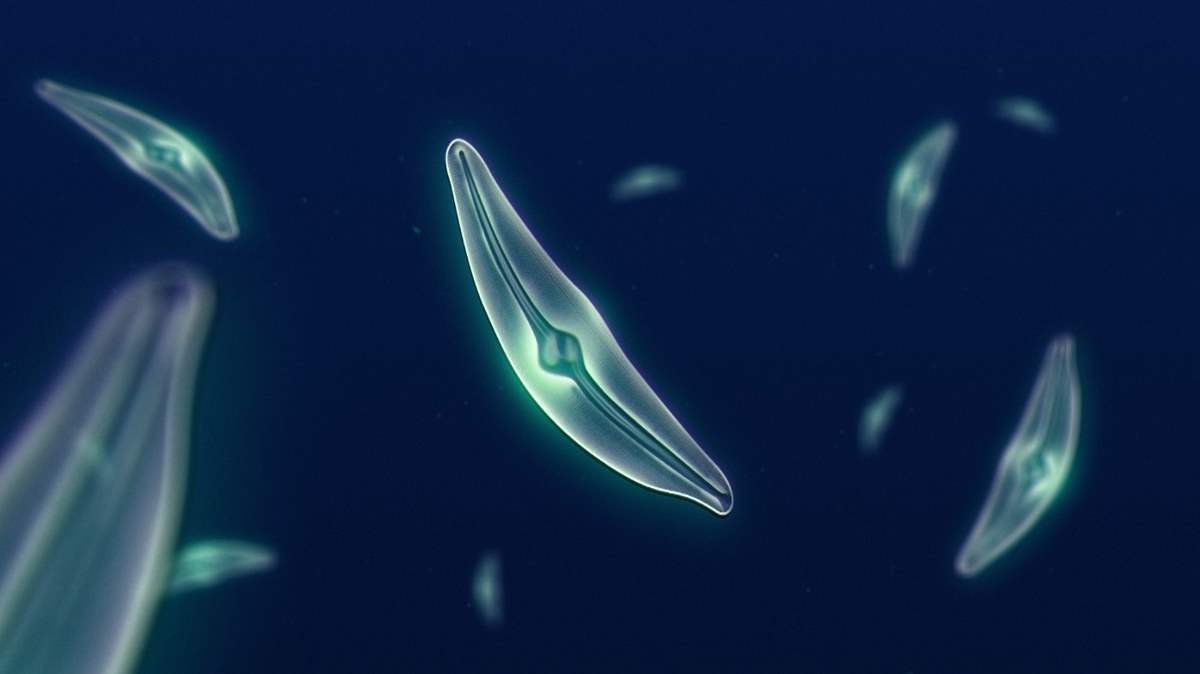
For centuries, humans have endeavoured to discover and describe the sum of Earth’s biological diversity. Scientists and naturalists have catalogued species from all continents and oceans, from the depths of Earth’s crust to the highest mountains, and from the most remote jungles to our most populated cities. This grand effort sheds light on the forms and behaviours that evolution has made possible, while serving as the foundation for understanding the common descent of life. Until recently, our planet was thought to be inhabited by nearly 10 million species (107). Though no small number, this estimate is based almost solely on species that can be seen with the naked eye.

The history of bridges started in ancient times – dating back to Mesopotamia. In the beginning, they were incredibly simple structures built using natural resources like wooden logs, stone